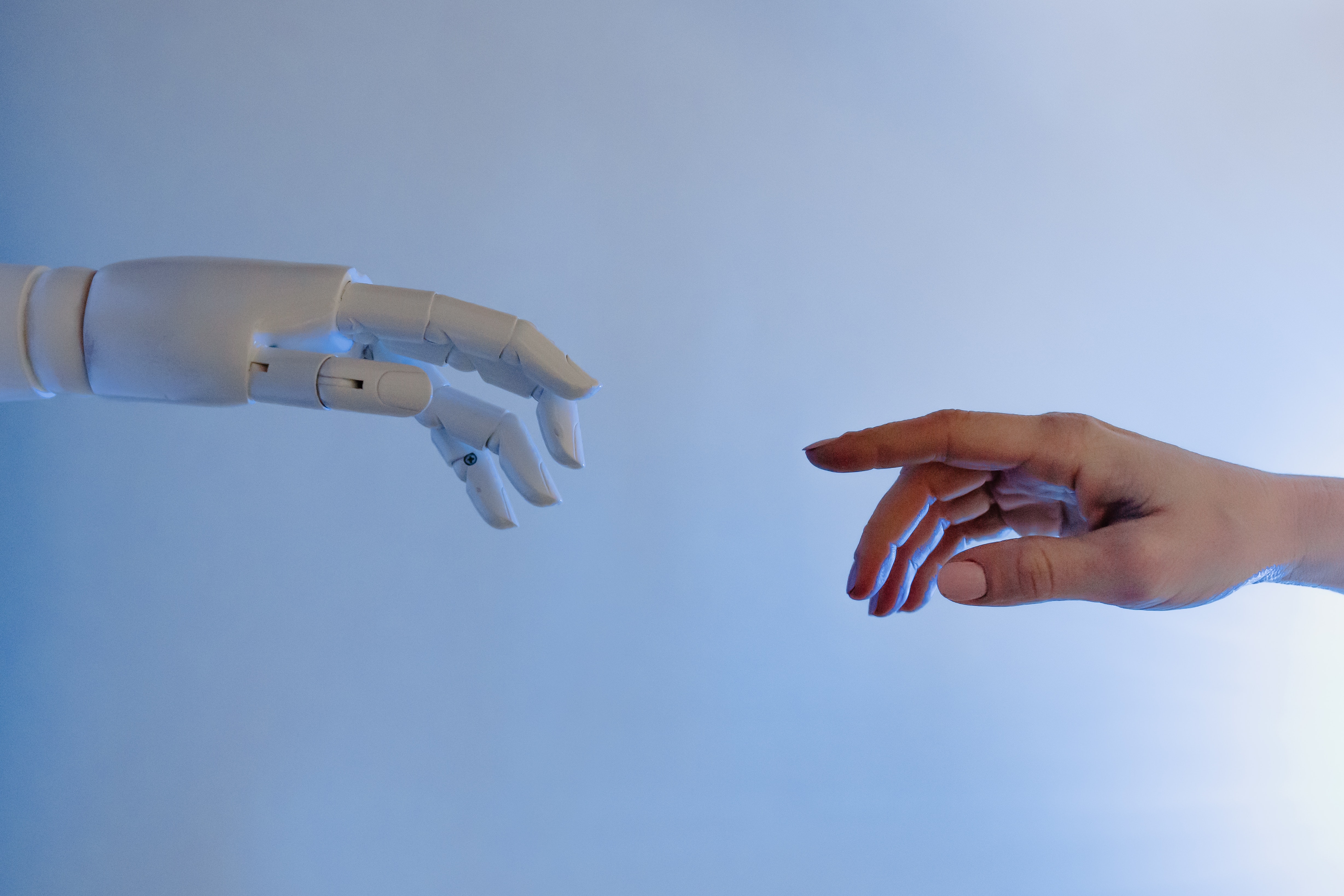Jan. 10, 2022
AI in Healthcare
Data science, artificial intelligence (AI), machine and deep learning (ML and DL) are now among the hottest topics in the scientific community. What are they? Why are they so popular? How will they help us improve healthcare systems? Let’s make a short overview of these terms focusing on the medical field.

Wikipedia defines AI as follows: “AI is the intelligence demonstrated by machines, as opposed to natural intelligence displayed by animals including humans”. The most important parts of AI are represented by machine learning, which automates analytical model building, and its subset, deep learning, that imitates the structure of the human brain in an algorithmic form. AI was born in 1956, but only now computers are powerful enough in order to use these algorithms in our daily life [1].

Believe it or not, AI algorithms are already part of our regular life. Do you ever think about the mechanisms of Cortana, Alexa, or Siri? Well, a virtual assistant is, probably, the most common way to use AI algorithms today. But, anyway, the most famous examples of AI power are IBM DeepBlue and AlphaGo algorithms. DeepBlue, in 1997, managed to beat the world chess champion, Garry Kasparov. In 2016, AlphaGo defeated world Go champion Lee Sedol. Those algorithms were constantly developing in order to compete with other players and learn from them [2].
We continue to adapt AI in economics, security, everyday life, but what about medicine? Could we trust our health and life to a computer? Today researchers believe we can actually do that. More than the other industries, it is clear that this field cannot allow having errors or bugs, so medical algorithms must have high accuracy and precise predictions. The role of AI in medicine is constantly growing and has promising results that will help to expand high-quality medical care to all parts of the world. [1]

There are many interesting AI applications in medicine, for example, in radiology: it is, probably, the medical area where AI has proven to be an excellent diagnostic tool able to help doctors. Different ML and DL algorithms can be applied in order to find the slightest signs of disease in Magnetic Resonance Imaging (MRI), Computed Tomography (CT), mammograms, or ultrasounds [3]. For example, Jeong Hoon Lee and his team developed a DL algorithm to diagnose cervical lymph node metastases in thyroid cancer [4]. Other scientists used this technology to evaluate the possibility of identifying the presence of lung cancer nodules on CT scans [5]. However, even if AI in radiology has great success, we cannot claim that machines will replace humans. The importance of radiologists is still crucial, for example, when we speak about atypical chest x-rays [1].
AI in medicine is not only about radiology. Google’s DeepMind, used by United Kingdom’s National Health Service, detects health risks by mobile app data collected from patients [6]. Another good example of using AI in medicine is retinal images analysis. Michael Abràmoff and his team showed that in an online healthcare data science challenge on diabetic retinopathy, the precision of their algorithm did not differ from that of ophthalmologists [7].
As you can see from the examples above, AI algorithms have started to conquer the medical field. Today AI in medicine exists in three technical ways: hardware, software, and a mix of scientific-statistical approaches (mainly database method, decision-making method, and flowchart method). All of them could be useful, but the implementation of AI in medicine and healthcare has its own issues regarding legal matters, privacy, safety, liability, and ethics [8].
Artificial intelligence in medicine is the future that will help us to be more attentive to health, have fewer medical errors, diagnose a disease in the early stage, and predict the prognosis for a patient. Every new technology has its issues, but modern scientists are able to resolve them.
References:
- Ahmad, Z., Rahim, S., Zubair, M., & Abdul-Ghafar, J. (2021). Artificial intelligence (AI) in medicine, current applications and future role with special emphasis on its potential and promise in pathology: present and future impact, obstacles including costs and acceptance among pathologists, practical and philosophical considerations. A comprehensive review. Diagnostic pathology, 16(1), 24. https://doi.org/10.1186/s13000-021-01085-4
- Bali, J., Garg, R., & Bali, R. T. (2019). Artificial intelligence (AI) in healthcare and biomedical research: Why a strong computational/AI bioethics framework is required?. Indian journal of ophthalmology, 67(1), 3–6. https://doi.org/10.4103/ijo.IJO_1292_18
- Wong S. (2018). Is pathology prepared for the adoption of artificial intelligence?. Cancer cytopathology, 126(6), 373–375. https://doi.org/10.1002/cncy.21994
- Lee, J. H., Ha, E. J., & Kim, J. H. (2019). Application of deep learning to the diagnosis of cervical lymph node metastasis from thyroid cancer with CT. European radiology, 29(10), 5452–5457. https://doi.org/10.1007/s00330-019-06098-8
- Liu, X., Zhou, H., Hu, Z., Jin, Q., Wang, J., & Ye, B. (2019). Zhongguo fei ai za zhi = Chinese journal of lung cancer, 22(5), 319–323. https://doi.org/10.3779/j.issn.1009-3419.2019.05.09
- Powles, J., & Hodson, H. (2017). Google DeepMind and healthcare in an age of algorithms. Health and technology, 7(4), 351–367. https://doi.org/10.1007/s12553-017-0179-1
- Abràmoff, M. D., Garvin, M. K., & Sonka, M. (2010). Retinal imaging and image analysis. IEEE reviews in biomedical engineering, 3, 169–208. https://doi.org/10.1109/RBME.2010.2084567
- Pashkov, V. M., Harkusha, A. O., & Harkusha, Y. O. (2020). ARTIFICIAL INTELLIGENCE IN MEDICAL PRACTICE: REGULATIVE ISSUES AND PERSPECTIVES. Wiadomosci lekarskie (Warsaw, Poland : 1960), 73(12 cz 2), 2722–2727.


